Welding and NDT - Expert Guidance in Welding, NDT
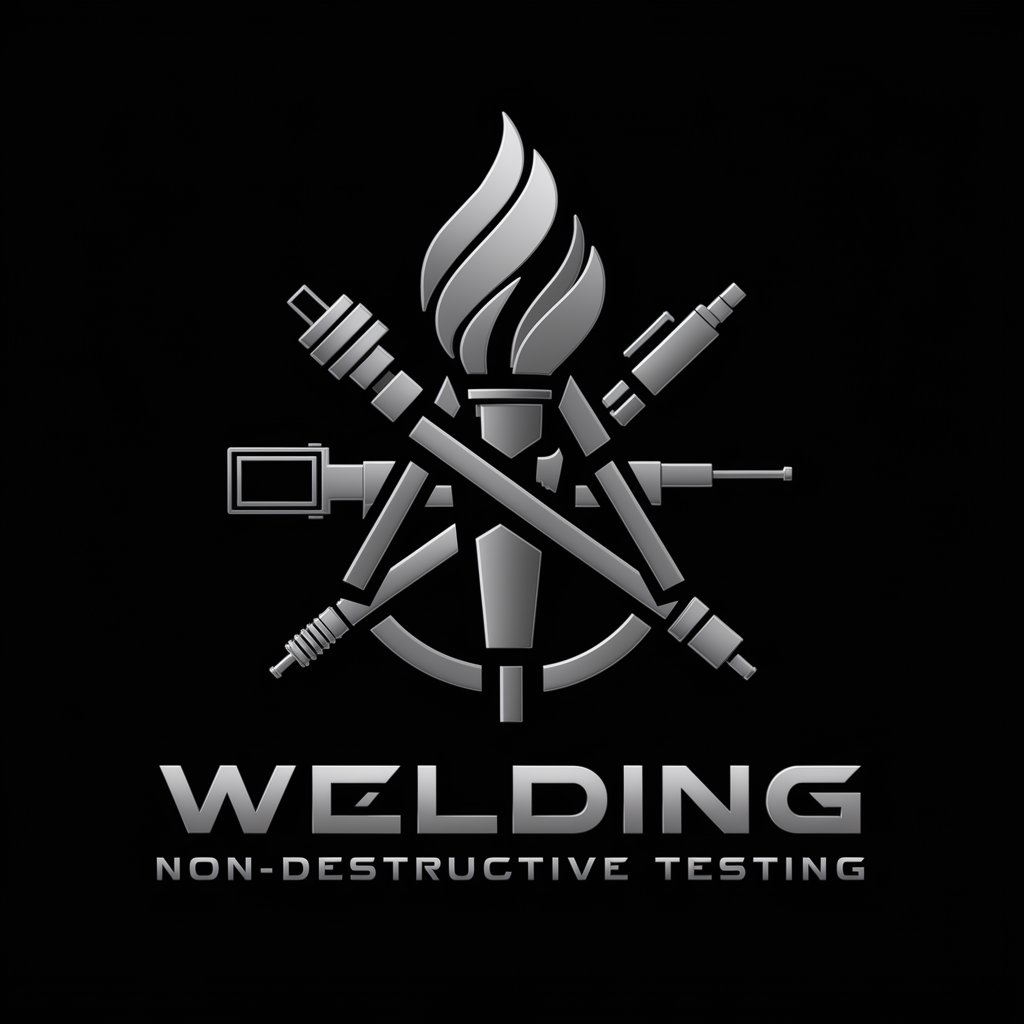
Welcome! Get top-tier welding and NDT advice here.
Empowering your welding and NDT projects with AI-driven insights.
What are the latest advancements in welding technology?
How can I improve the accuracy of my NDT inspections?
Can you explain the differences between various welding techniques?
What are the best practices for maintaining welding equipment?
Get Embed Code
Overview of Welding and NDT
Welding and Non-Destructive Testing (NDT) encompass a broad range of techniques and methodologies focused on joining materials (typically metals and thermoplastics) and evaluating their properties without causing damage. Welding is the process of coalescing materials by melting them together with or without a filler material to form a strong joint. NDT, on the other hand, is a group of analysis techniques used in science and industry to evaluate the properties of a material, component, or system without causing damage. Examples include ultrasonic testing to detect internal flaws in welded joints, or radiographic testing to visualize the internal structure of a weld. These fields are integral to ensuring the safety, reliability, and longevity of structures and components in various industries. Powered by ChatGPT-4o。

Core Functions of Welding and NDT
Material Joining
Example
Arc welding, Gas welding, Laser welding
Scenario
In construction, arc welding is commonly used to join steel structures, while gas welding may be preferred for repairing pipes. Laser welding offers precision in automotive manufacturing, joining small, delicate components.
Flaw Detection
Example
Ultrasonic Testing, Magnetic Particle Testing, Radiographic Testing
Scenario
Ultrasonic testing is widely used in the aerospace industry to detect flaws in aircraft components. Magnetic particle testing is often applied in the oil and gas industry for inspecting pipelines. Radiographic testing is crucial in the nuclear industry for inspecting welds in pressure vessels.
Material Characterization
Example
Hardness Testing, Microscopy, Spectroscopy
Scenario
Hardness testing can be used in the automotive industry to ensure gear components meet specified hardness criteria. Microscopy might be used in research and development to study the microstructure of welded joints. Spectroscopy can help in identifying the elemental composition of materials in the recycling industry.
Target User Groups for Welding and NDT Services
Manufacturing Industry Professionals
Engineers, technicians, and quality control specialists in the manufacturing sector rely on welding for product assembly and NDT for ensuring the integrity and quality of products, from automotive parts to electronic components.
Construction and Infrastructure
Project managers, civil engineers, and construction workers in the construction and infrastructure industry utilize welding techniques for building structures and NDT methods for ensuring the safety and durability of buildings, bridges, and roads.
Aerospace and Aviation
Aerospace engineers and maintenance technicians use specialized welding methods for aircraft construction and repair, while employing NDT techniques to detect potential failures in critical components, ensuring the safety and reliability of air travel.
Oil, Gas, and Energy Sector
Professionals in this sector depend on advanced welding for pipeline construction and maintenance, and NDT for regular inspections to prevent leaks and ensure the safe and efficient operation of energy infrastructure.

How to Use Welding and NDT
Initiate Your Experience
Begin by exploring yeschat.ai for a complimentary trial, no signup or ChatGPT Plus required, ensuring easy and instant access.
Identify Your Needs
Determine your specific requirements in welding and NDT, such as learning basics, seeking professional advice, or exploring advanced techniques.
Navigate the Features
Familiarize yourself with the available tools and resources, including interactive Q&A, tutorials, and case studies tailored to your interests.
Engage with Content
Use the platform to ask questions, participate in discussions, and apply insights to practical scenarios in your welding or NDT projects.
Review and Apply
Evaluate the information and guidance received, integrating them into your work for improved results and knowledge enhancement.
Try other advanced and practical GPTs
Bangalore Property Advisor
Empowering your property decisions with AI

Scrum assistant
Optimize Agile Processes with AI
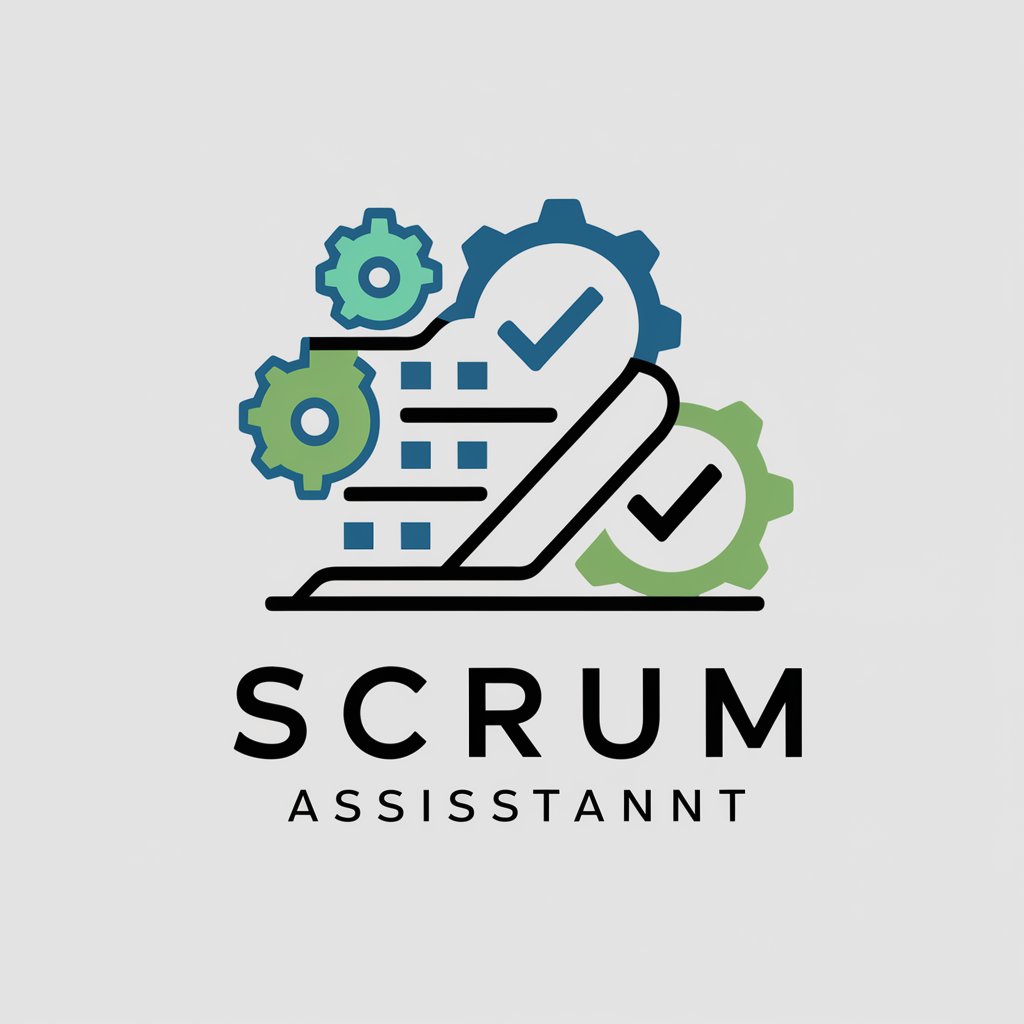
BSC Tutor
Empowering your science learning journey with AI.
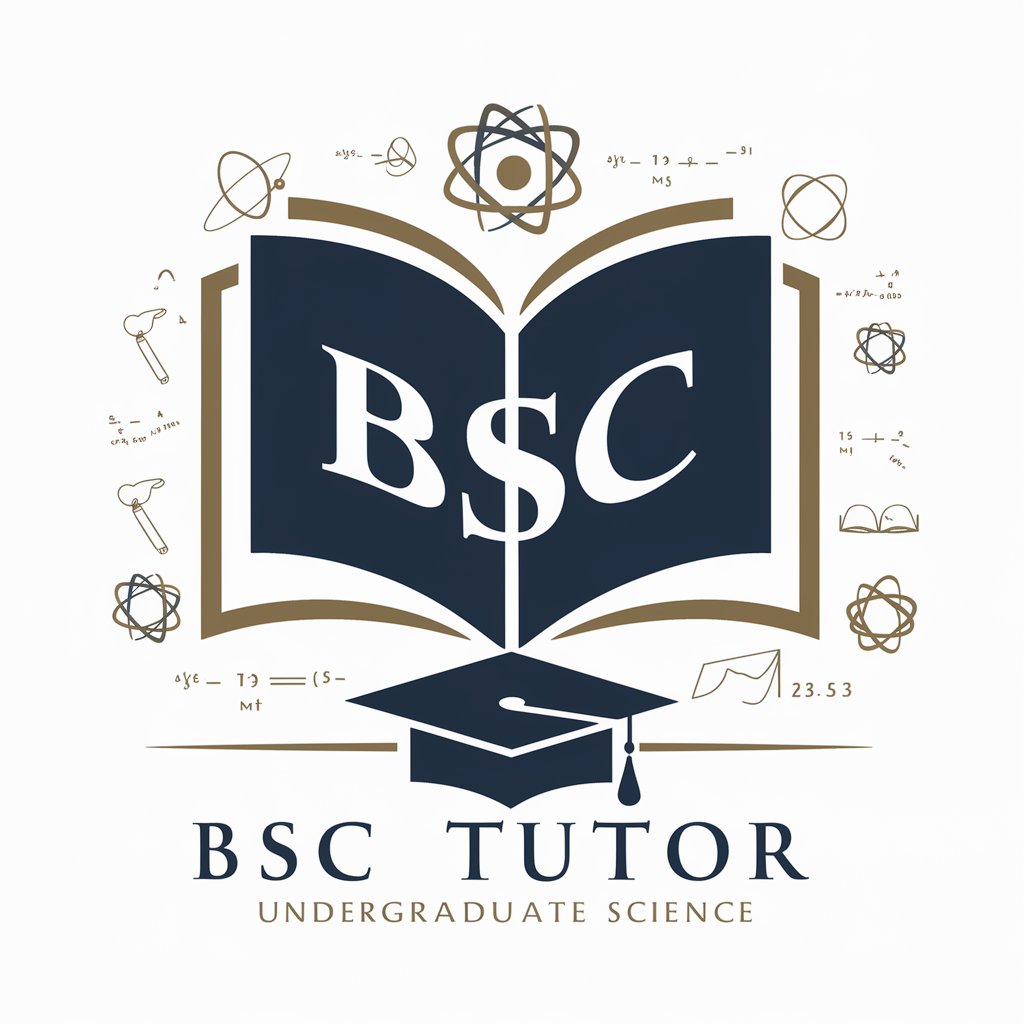
Theatre Acting Coach
Elevate Your Acting with AI Coaching

Mumbai Property Advisor
Empowering Real Estate Decisions with AI

Code GPT
Empowering Coding with AI Expertise
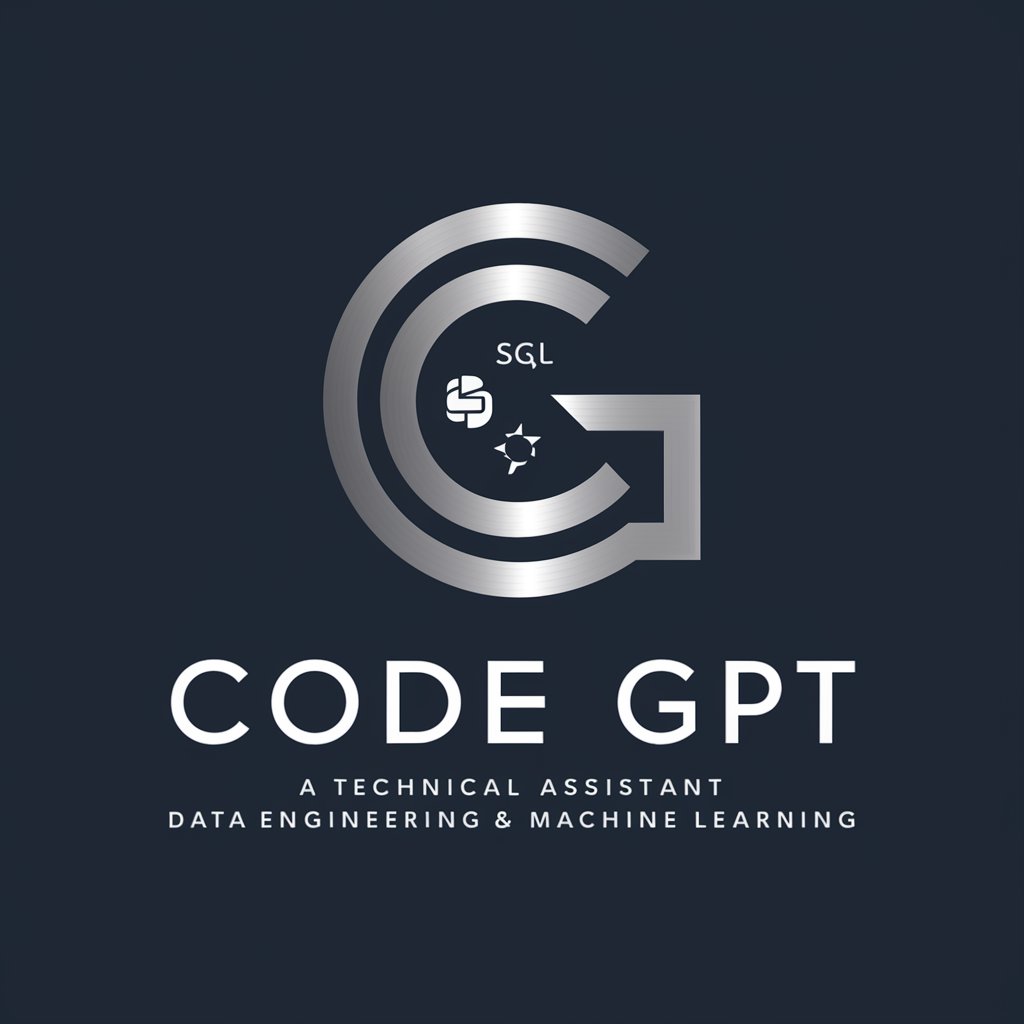
Beyond 2033 - AI's Contribution to Humanity
Navigating humanity's future with AI
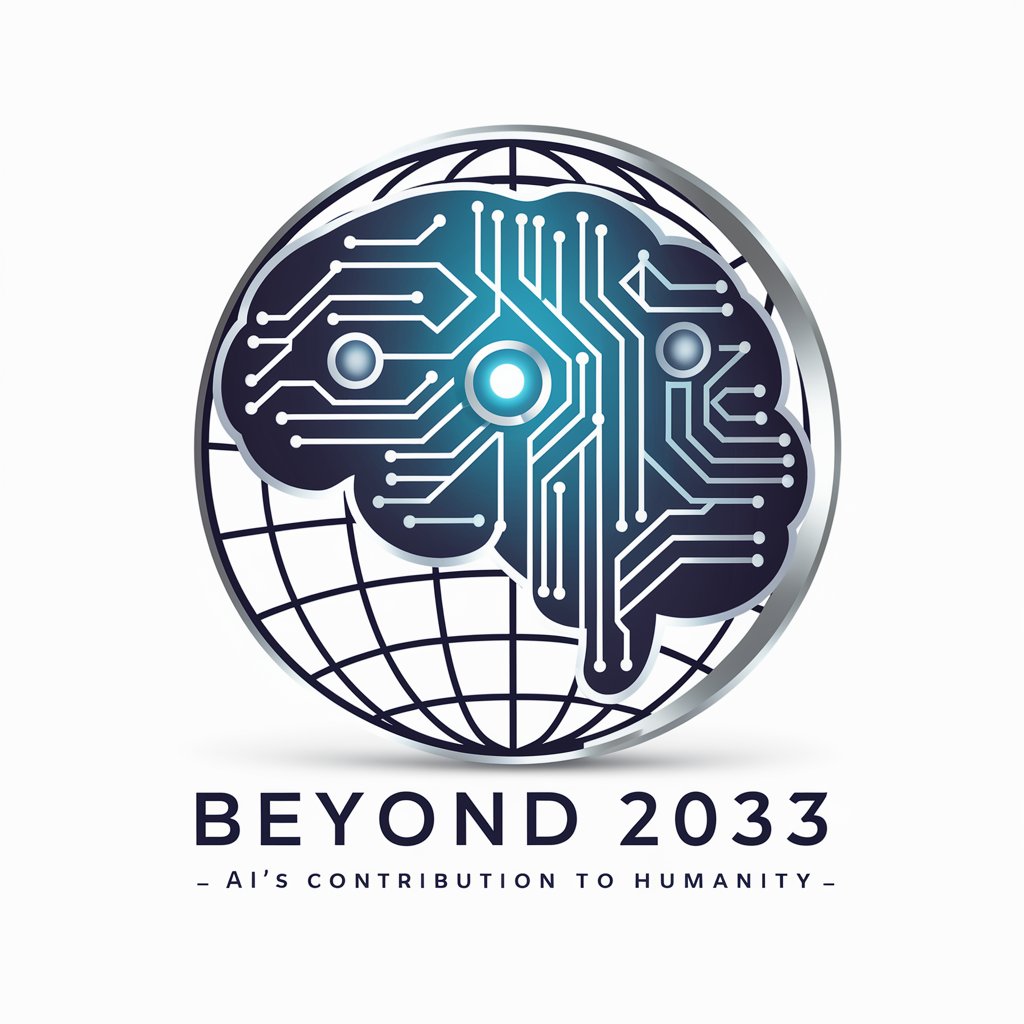
Lingua Buddy
Master Languages with AI-Powered Immersion

UI UX Designs
Crafting Futuristic Web Experiences with AI

Exoplanet Finder *** Search the universe
Exploring New Worlds with AI

IoT Architect Advisor
Empowering IoT Innovation with AI

LGBTQ+ Rights Expert
Empowering understanding with AI-driven insights on LGBTQ+ rights.

Welding and NDT Q&A
What is the difference between welding and NDT?
Welding is a fabrication process that joins materials, typically metals or thermoplastics, through coalescence. NDT (Non-Destructive Testing), on the other hand, is a group of analysis techniques used in science and industry to evaluate the properties of a material, component, or system without causing damage.
How can I choose the right welding method for my project?
Choosing the right welding method depends on several factors, including the type of materials being joined, the specific requirements of the finished product (such as strength or aesthetics), and available equipment. Common methods include MIG, TIG, Stick, and Flux-Cored welding. Understanding each method's advantages and limitations is crucial for making an informed decision.
What are some common NDT methods and their applications?
Common NDT methods include Ultrasonic Testing (UT), Radiographic Testing (RT), Magnetic Particle Testing (MPT), Liquid Penetrant Testing (LPT), and Eddy Current Testing (ECT). Each method has specific applications, such as detecting internal or surface defects, measuring thickness, and evaluating material properties, among others.
Can Welding and NDT be used together in a project?
Yes, welding and NDT are often used together in projects to ensure the integrity and quality of welds. NDT can be applied after welding to detect any defects or discontinuities that may compromise the strength or functionality of the welded joint.
How can I improve my skills in Welding and NDT?
Improving skills in welding and NDT involves continuous learning and practice. This can include attending workshops and courses, obtaining certifications from recognized institutions, staying updated with the latest technologies and methods, and gaining practical experience through projects and collaborations.
